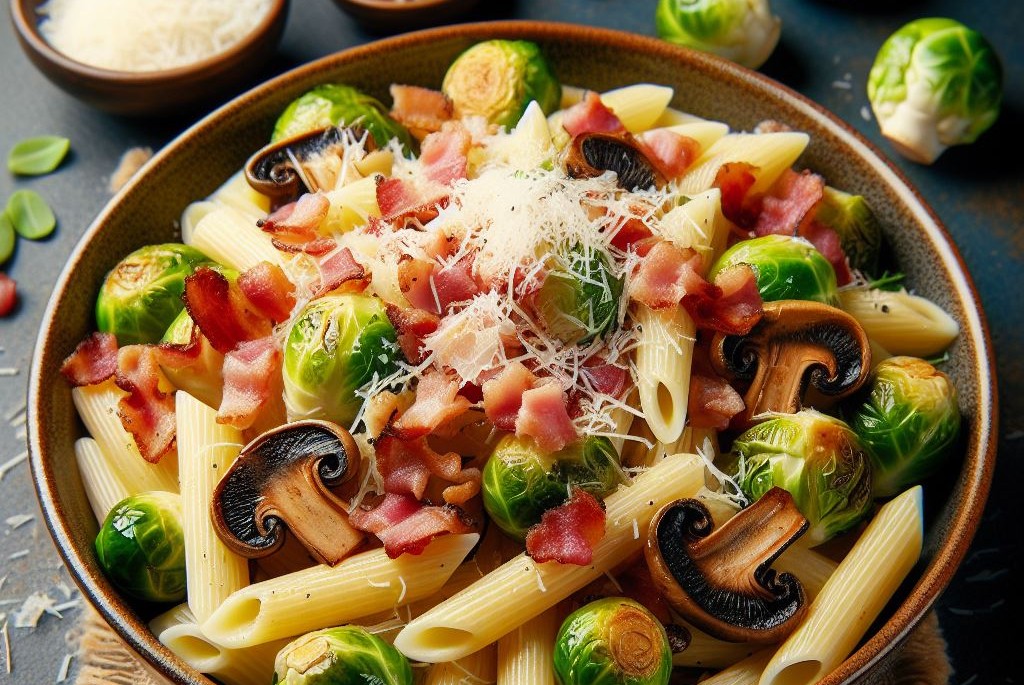
Chickensoup
Ingredients:
-chicken legs (2 whole or 4 lower legs)-2 onions
-handful of carrots
-1 leek
-frozen peas
-thyme, bay leaf, salt, pepper and garlic
The Stock
The home-made stock is the true heart of this chicken soup, and once you've tasted it I dare you to return to anything less.You'll need a large soup pot. Its bottom should be just covered by the chicken you've bought. It should be at least as high as wide.
Put a table spoon of oil, pref. olive oil- avoid extra vergine, on the bottom of the soup pot, on a hot fire. Once the oil is hot- you'll smell when- put the bits of chicken in. Brown the chicken legs as much as possible.
Meanwhile, slice the first onion, thickly. Once the chicken skin is browned, put the chicken aside on a plate. Add the onion and start glazing.
Coarsely cut half of the carrots, leek, and garlic. Add to the onion when this is glazed. Add the chicken.
Add a tablespoon of salt and stir thoroughly. Fill the pot three quarters with cold water.
Put the pot on a high fire until the water boils. Then switch to medium or even low fire. Cover pot and keep water just below boiling. When the flesh slides off the bones easily when pushed with a fork, switch off the fire.
Take out the first piece of chicken and put on a plate. Using two forks, strip the flesh from the chicken and place into large bowl to cool. Put the skin and bones back in the pot. Repeat with the rest of the chicken.
Once the chicken bones are back in the pot put the pot on a high fire and start reducing. This is done by keeping it boiling without the lid.
When the liquid in the pot is less than half the bowl with the chicken, switch off the fire and put a colander in the bowl. Pour the contents of the pot pot gently into the colander and leave to drip. Finally our some cold water trough to get as much of taste as possible.
The Soup
Cut the rest of the vegetables in the desired size. I always go for dice and slices a millimeter thick.Clean the pot and put back on the fire, add a spoon of oil.
Add onion and garlic, stir till glazed. Add vegetables and a small glass of water, close the pot and stew lightly. Stir inbetween till vegetables done.
Pour in the bowl with the chicken and stock. Put the colander on top of the pot and once more pour a bowl (or two) of cold water trough.
Heat up the soup until it boils. Add the frozen peas and let it boil again for two minutes to Pasteurize.
Extras
You can add a lot of things to chicken soup; pasta, rice, eggs and potatoes will thicken the soup, but it can also be used as a base for a asian/fusion soup by adding coriander leaves and lemongrass paste. Some seasoning can be added to the chicken when it is cooling in its bowl.Personally I like to keep the chicken soup apart and add rice in a seperate pot. This way the rice won't go sour when I store the soup. An egg can be put in the serving bowl and whisked with a bit of boiling soup.
Storing:
This way of making chicken soup results in a massive layer of fat floating on top of the soup as it cools. If it cools even more the gelatine from the bones will turn the soup to pudding. If you want to breed bacteria this is the way to go. Thermals across the cooling surface will draw in micro organisms aplenty.However, let's assume you don't want to get food poisoning.
First of all, the soup will get most of its bacteria from its ingredients. Luckily these will be thoroughly boiled while you prepare it. But keep an eye on the chicken you put aside in the bowl. If possible keep it cool inbetween.
A second source is yourself. Don't dip a spit-covered spoon into the soup right after you've boiled it. Seriously
Third are airborne spores and bacteria. Keep the soup covered and hot while you're eating it. But when everyone is done eating, pour it into storage containers. Place these in cold water in the sink to cool as fast as possible. (Ive heard of people putting (heatproof) bottles of frozen water, bottle et al, in the soup to cool it.) Then, and only then, straight into the freezer. If you want to keep them in the fridge let them cool in the freezer before putting them in the fridge.
Clean the cooking pot and work surface asap to avoid fungi, yeasts and bacteria to breed and start hanging around your kitchen.
